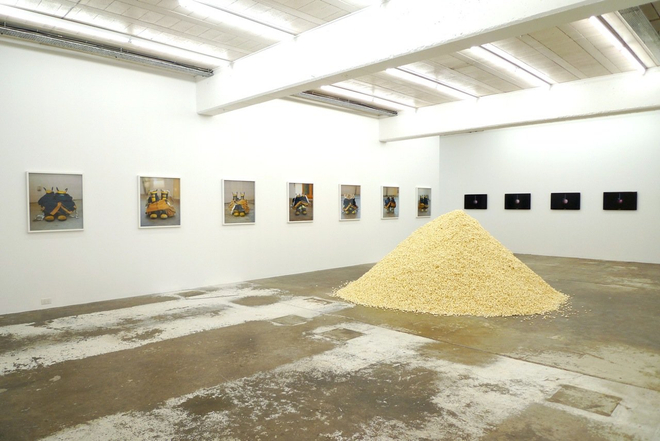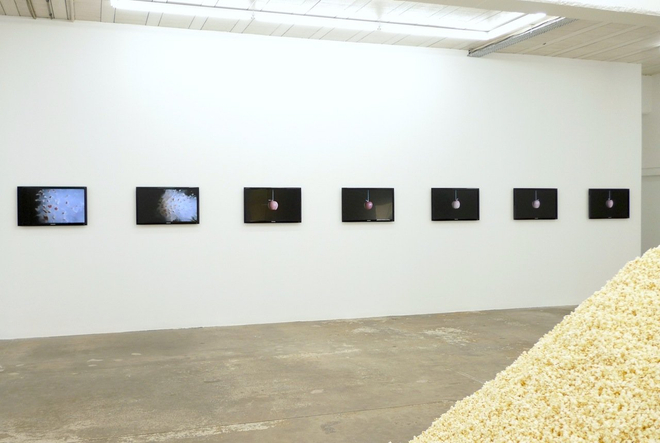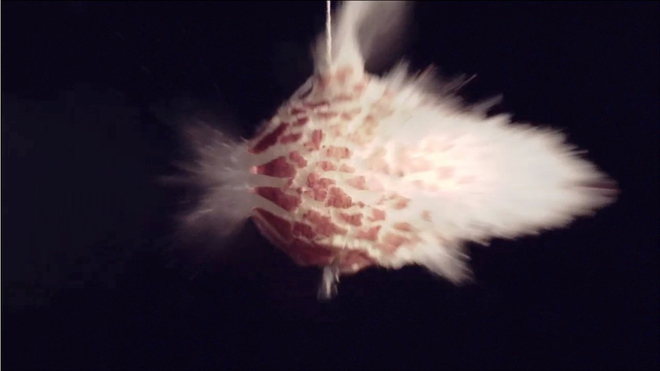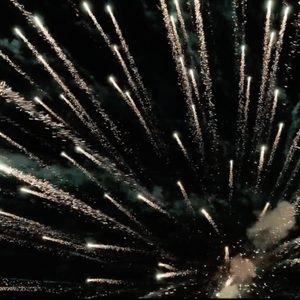The passing of time is a slippery experience, difficult to pin down and usually different in retrospect. Thinking back, there are usually milestones, key markers that help you plot a path from one fixed point to another with lesser events positioned before or after with reference to cause-effect relationships. This is Auckland gallerist Michael Lett’s 10th year in business, an occasion he has chosen to observe with a survey of works by Steve Carr, the artist whose exhibition Dive inaugurated the gallery in 2003.
It’s uncommon to present a gallery history, especially in the commercial realm, but a 10-year artist survey is an established format, like a rite of passage, confirming the artist’s path from emerging to established, with a tidying up of early experiments that will conveniently fall just prior to the survey’s timeframe. There was a time when artists such as Milan Mrkusich were given a public gallery survey every 10 years, coralling works into tidy groups that form an orderly career path, from figurative landscapes to colour-field abstraction.
These days most artists would be lucky to get such heavy canonical treatment by public galleries, and would be reluctant to see their work so prescriptively laid out, opting instead to present a major new project or commission. So, it is shrewd that Lett has pre-empted Carr’s institutional canonisation and presented his own decade of criss-crossing paths and motifs. A cynic would presume commercial or careerist motivations from an artist-dealer initiative, but a (presumably) first-person account provides an intriguing picture of the artist’s current interests, filtered through prior projects.
One of the exhibition’s central works is Popcorn Mountain, first exhibited in 2006 and based on the artist’s own weight. Presumably, the artist and the work have expanded in the intervening years, adding a further temporal and autobiographical dimension. Whereas Felix Gonzales-Torres famously represented his late lover with a weight-matched pile of sweets that diminishes in a Eucharistic fashion as the pile is consumed, Carr recreates himself in an ever-expanding mass, produced in explosive style.
Popcorn Mountain was also exhibited in Prospect 2007, causing NZ Listener reviewer Aaron Kreisler to remark on the light relief it provided as agenda-less art, shown alongside Carr’s finely carved cherrywood Sausages on Sticks (2007), which makes elaborate objects from the rugged blokey constructions of a campfire bbq. Like many of the artist’s works at the time, there is a nostalgia invoked for childlike gameplay and indulgence. But also a recurring investigation, especially in video works, of bodily interactions and performance.

Installation view of X (2013) Steve Carr
In X, alongside Popcorn Mountain there is a new photographic series, Fireman’s Boots, showing seven empty pairs of boots with overalls around their ankles, a suit without a body, looking like the remains of a hasty departure; pants quickly dropped and vacated. The mental image of seven firemen running around off-camera in their undergarments is hard to resist. As always, the title is oddball yet deadpan, and there is a suggestion of formalist play – variations on a theme but more akin to Richard Maloy’s butter mounds or Hany Armanious’ negative castings from peppercorn piles than the serial works of Sol LeWitt or the Beckers. But there is also a growing exploration of negative space, which wasn’t always apparent but now seems conspicuous when combined with his early glass works, including one of a series of transparent fire extinguishers and an exquisitely delicate cluster of cherries, ghostly traces of absent objects made from scientific blown glass. In the office, his first video Air Guitar (2001) is showing – the artist mimes a lengthy guitar solo in complete silence.
In the second room, another example of quite literal performance residue is a gridded series of forty-nine framed pizza box lids, complete with grease stains and encrusted cheese, resembling painterly variations in fleshy tones – these are probably responsible for the enlarged pile of popcorn. It’s a prosaic counterpoint to the cosmic carnage of the exhibition’s showpiece, a new seven channel video installation, Dead Time (2012), perfectly synched to show seven apples, lined up on separate screens across the wall and successively blown apart by a single bullet. At least, we’re led to believe it’s a single bullet passing from one screen to the next, leaving a trail of high-definition, slow-motion devastation. It’s a classic image that opens up hidden worlds through the slowing down of time, like exploding water droplets and hovering hummingbirds. A Muybridge moment for the HD generation. But Carr amplifies the event through multi-screen repetition, creating a gratuitous action that is as much Tarantino as it is Attenborough; an elaborate campfire party trick, if the adjacent pile of popcorn is anything to go by.

Installation view of X (2013) Steve Carr
With looped video works, there is always the question of whether you need to watch from the beginning to get the full pay-off at the end, and just how much you need to see. With Dead Time, there is no question of whether you have watched enough. For most of its eight minutes, the apples hang perfectly still, almost suspended in time and allowing plenty of opportunity for an audience to gather, like the well-rehearsed teaser routine of a busker. The apples are clearly all different, not just a sequence repeated seven times to create the illusion of something more complex – there is plenty of time to take in these details as Carr allows anticipation to grow. If you look away or wander off for a moment, you could easily miss the critical moment – you either see it or you don’t.

Dead Time (2012) Steve Carr
As the bullet enters the fruit, the skin breaks apart, imploding like the membranes of the nine balloons depicted in 2011’s slow-mo study, Screen Shots (represented here as bronze casts of deflated balloons), allowing the flesh to burst outwards and vaporise into small particles that hang and swirl in the air, forming what could be tiny galaxies. It’s a transformational chaos that echoes back to the domestic cosmology of his popping corn, a profound aestheticisation of everyday mess. It’s tempting to even see his porcelain Donuts (2007) as black holes or orbiting constellations.

Dead Time (2012) Steve Carr
Carr’s works are usually revealed in concise groupings of two or three, and although there is usually a hint of mischief, the underlying intent and connections can often be enigmatic. Like the work of fellow trickster Michael Parekowhai, the finish is so meticulous it almost disguises the ordinariness of the material, transforming them into hypnotic objects of wonder – like a magician at a child’s party. So it is interesting to see how these performances have fluently shifted between film, photography and sculpture, recontextualising materials that can be traditional, esoteric or plain wacky. And it is revealing to see a large quantity of cherry-picked (ahem) works in playful and revealing configurations that allow for a range of cross-readings, which would be lost in a more formal chronology.

